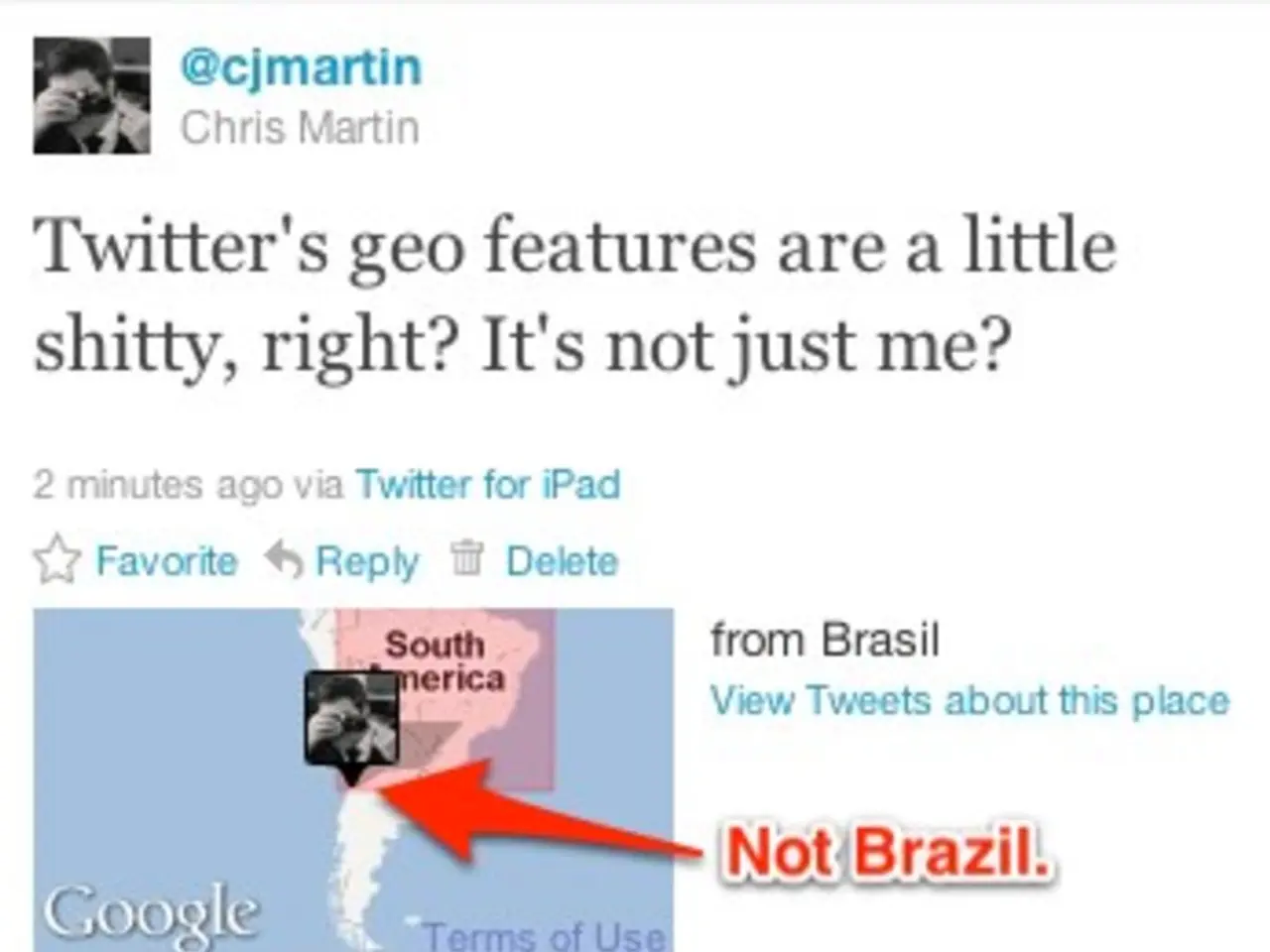Countries in Africa are rallying for the replacement of the Mercator Projection
The Equal Earth Projection, a map that aims to depict the Earth’s surface with accurate relative area proportions, is gaining traction as a potential replacement for the traditional Mercator Projection. This new projection, developed in 2018, has been proposed for adoption in African schools and international organizations due to the Mercator Projection's distortion of the size of continents, particularly Africa.
The Mercator Projection, originally designed for navigation purposes, significantly inflates territories near the poles, making places like Greenland and Europe appear disproportionately large compared to Africa. This distortion has reinforced misleading perceptions about Africa’s importance and scale globally, contributing to a skewed geopolitical narrative.
The African Union (AU) has endorsed campaigns such as Correct The Map to promote the use of the Equal Earth Projection, aiming to represent Africa and other regions more fairly and accurately on world maps. Key reasons for this proposed change include accurate area representation, visual similarity to familiar maps, political and cultural significance, and endorsement by the African Union and international advocacy groups.
The Equal Earth Projection offers a technically sound, visually effective, and politically meaningful alternative to the outdated Mercator Projection. It shows the true size relationships between continents, highlighting Africa’s vast landmass, and is visually balanced with curved sides suggesting Earth’s spherical shape and straight parallels that help when comparing latitudes, making it easy to interpret.
Correcting map distortions is understood as correcting global narratives and perceptions, thus promoting a fairer view of Africa’s geographic and geopolitical relevance. The AU has set a goal to address the distorted image of Africa by promoting the new map, with plans to make it the standard in African schools and to encourage international organizations, including the UN and World Bank, to adopt the new map as well.
The misrepresentation of Africa impacts education, media, and politics, according to Deputy Chair of the African Union commission, Selma Malika Hadad. Campaigners argue that the distorted image of Africa is "the longest-running misinformation campaign in the world." If adopted by international organizations, the new map could potentially be used globally, with other regions, like the Caribbean, showing support for the new map initiative.
With a population of over a billion people, Africa is the world’s second-largest continent by land area. The Correct The Map campaign, led by Africa No Filter and Speak Up Africa, aims to address this distortion and promote a more accurate representation of Africa on world maps. The AU's plan includes encouraging the UN, World Bank, and other organizations to adopt the new map, with the ultimate goal of ensuring Africa’s size and importance are properly represented on world maps used in schools and by international bodies.
- Education-and-self-development can benefit significantly from the Correct The Map campaign, as it aims to promote a more accurate representation of Africa on world maps, thus challenging and correcting misleading perceptions about Africa's importance and scale.
- To support a fairer view of Africa's geographic and geopolitical relevance, the lifestyle of many individuals might involve advocating for the Equal Earth Projection, which is endorsed by the African Union, as it offers a more accurate portrayal of Africa and other regions on world maps.




